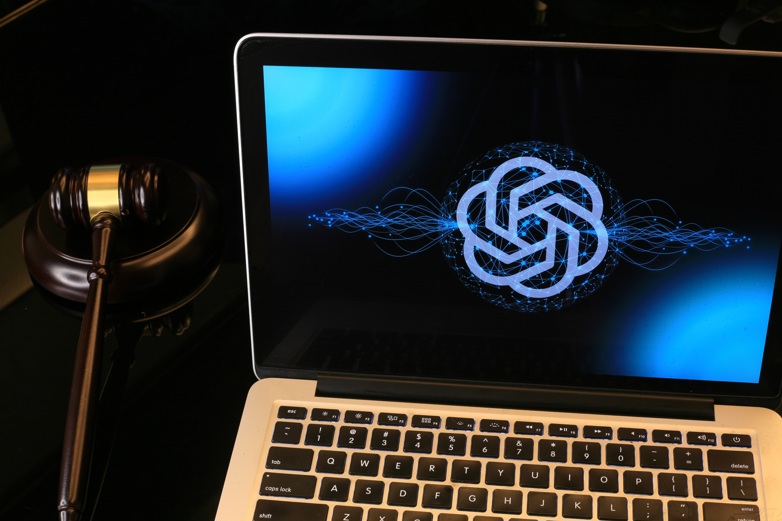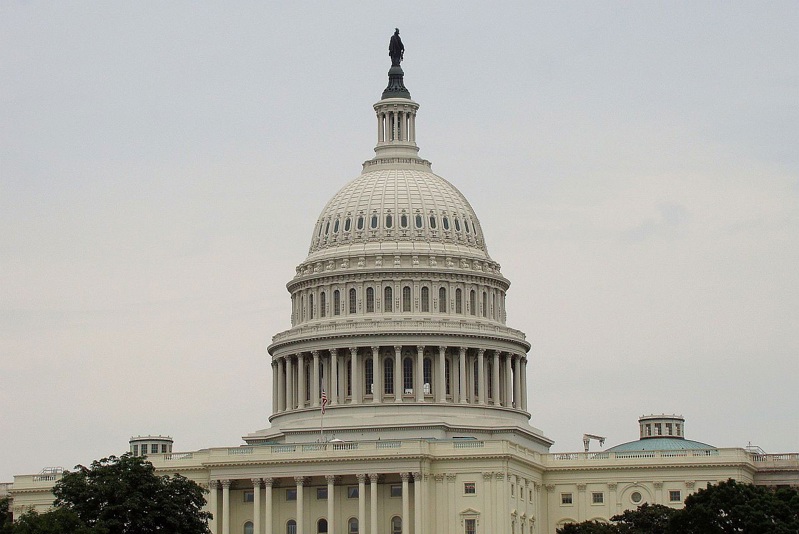While the attempt to regulate AI is advancing at different speeds worldwide, there are three major blocks emerging: in the US, EU and China.
Each are taking different approaches to the problem, says Dr Martin Saerbeck, of the certification specialist TÜV SÜD. “China already has two major pieces of legislation in place, while the EU AI Act is at the earliest scheduled for 2025,” says Saerbeck. “Some use cases that are explicitly forbidden by the AI Act are allowable in China. USA has not yet launched binding AI legislation on a federal level, but individual states are pushing the regulation of AI, for example for scanning CVs of job applicants.”
While major regulations capture the news and drive the global discussion, the majority of countries are working on their own initiatives and roadmaps, according to Saerbeck.
“Notably, Canada, South Korea and the UK have recently published concrete initiatives and guidelines,” says Saerbeck. “Regulation of AI is increasing rapidly worldwide. Currently, nearly 60 regulations on applications with AI are in effect. Furthermore, there are different types of regulations, including generic ones and those that are industry or product-specific.”
The limits to regulation
By implication, not regulating AI might result in preventable harm, legal uncertainty and overall less trust and less uptake of a promising technology. But there are some limits on what can be controlled, such as the prevention of the use of AI for the creation of deep fakes or the infringement of copyright or for cybercrime.
“Standards cannot prevent illegal or unethical behavior,” says Saerbeck. “Regulations and standards can establish legal and technical certainty on what is allowable and what is not.”

Generative AI software like ChatGPT has exploded in popularity in the last year. Picture: Pixabay
The University of Michigan’s Nikola Banovic agrees, noting that while regulations and standards can reduce the harms of untrustworthy and irresponsible AI owners, it is hard to believe that they can fully eliminate them.
“Bad actors [people] will always persist in finding new ways to attempt to circumvent the regulation or simply operate until uncovered,” says Banovic. “That means that end-users, such as consumers who interact with AI-based systems, will still find themselves in situations where they have to judge the trustworthiness of the system and its owners. That is why it is of utmost importance to help raise public AI literacy so that people can critically reflect on such technology and hopefully avoid its harms.”
Ethical implications
There are also ethical implications to consider, such as how the choice of training data can lead to unconscious bias. Since the emergence of ChatGPT, for example, the chatbot has been frequently accused by conservatives of offering a liberal bias in its responses, an accusation that appeared to be corroborated by a study conducted this summer by researchers at the UK’s University of East Anglia.
Applause’s Adonis Celestine says that preventing the problem requires a similar approach to solving the issue of application security. Celestine notes that application security professionals have for years been urging developers to ‘shift left’ by incorporating security into the development process to spot issues quickly and correct them before deploying vulnerable software.
“The same push-pull scenario impacts AI development,” says Celestine. “Enterprises can minimise the impact of bias in the AI model with AI testing and training from early in the development cycle. As with application security, the earlier this testing is done by a large, diverse team of developers and testers, the greater the chance to identify and eliminate biases in AI. After all, while people can be the source of bias in AI, they also have the unique ability to discover it.”

Legislators in the US and Europe are looking at ways to regulate AI. Picture: Pixabay
However, identifying bias cannot be done in a static QA (quality assurance) lab environment, as bias, trust and ethics manifest themselves in multiple dimensions such as race, gender, culture, demographics and so forth, says Celestine.
“What is considered a perfectly acceptable reply by ChatGPT for a certain group can be totally obnoxious in another culture, race or religion,” says Celestine. “It takes a large and diverse set of testers to get appropriate representation and to test user experience. By leveraging a vetted crowdsourced testing model, you gain access to a broader demographic with the required diversity.”
Testers can provide continuous, real-time feedback on user experience, enabling iterative improvements throughout the development process. “These updates can then be retested across the crowd-testing community, ensuring that the adjustments represent the real world and do not perpetuate biased or erroneous outputs,” says Celestine.

